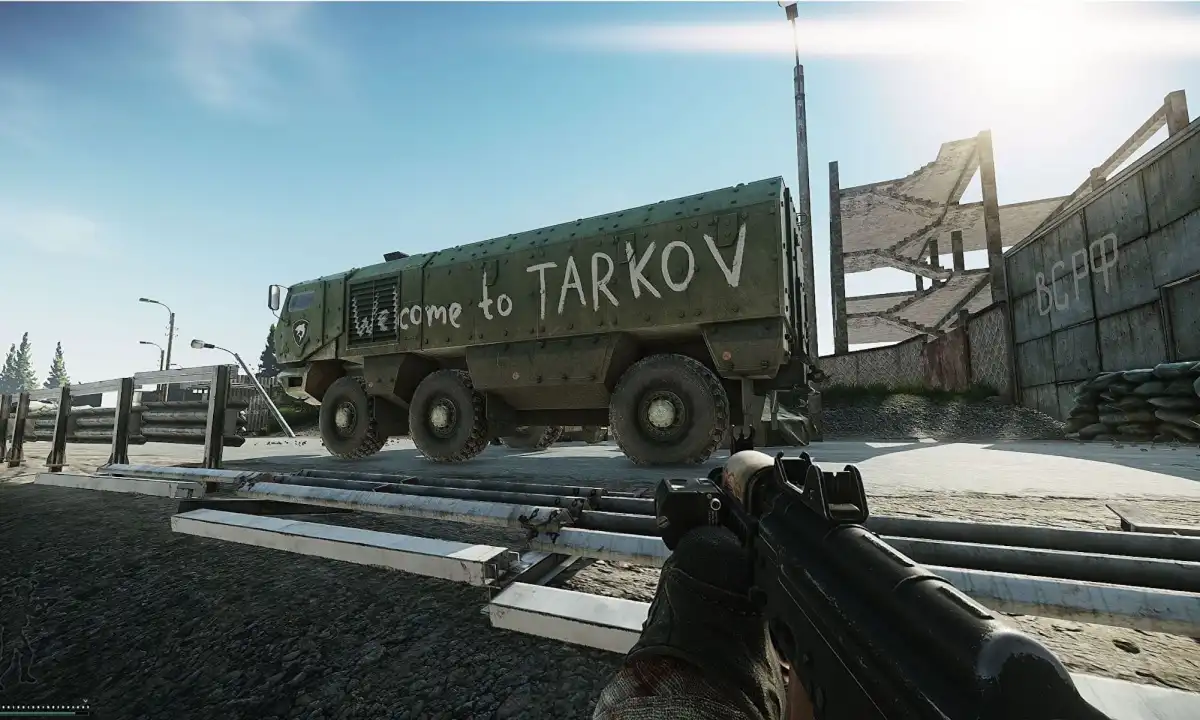If there is one piece of Western mythology that has stood the test of time, it would be that of the legend of King Arthur and his Knights of the Round. Whether it is Disney’s Sword in the Stone, Sean Connery in First Knight, or the ’90s cartoon King Arthur and the Knights of Justice — perhaps my favorite adaptation — Britain’s fabled warrior has had his fair time when it comes to movies and television.
Outside of Capcom’s Knights of the Round though, one of my favorite myths has yet to really lend itself to a satisfying videogame experience. I recently had a chance to play the upcoming King Arthur II: The Role-Playing Wargame and despite missing the first in the series, I walked away from my time feeling like I may have just found the game to satisfy my Camelot cravings.

King Arthur II: The Role-Playing Wargame (PC)
Developer: Neocore Games
Publisher: Paradox Interactive
Release: January 10, 2012
“When the greatest tale of chivalry ends, the nightmare begins…” These are the words used by Paradox Interactive to sum up the theme behind King Arthur II. The first title in this series revolved its narrative heavily around the basics of Arthurian legend, albeit with a few more twists. Excalibur was unsheathed (releasing a great evil), the Knights of the Round were formed, and eventually peace and prosperity where brought to Camelot. Everything was going great, until the witch queen Morgawse sent an assassin to kill the mighty king. Arthur survives, but becomes cursed with a wound that will not heal. With his life mystically intertwined to Britannia, darkness begins to settle — perfect for the long-banished Fomorians to resurface and ravage the lands.
As this new threat serves as the driving factor behind the main campaign in King Arthur II, it is not the only playable story. To accompany the threat of the Fomorians, a new Roman Empire has risen to vie for the lands of Britannia. A prologue campaign is available, letting players take this Roman threat to arms to gather a better understanding of just how they fit into the mix of the main story arc. From the time I spent watching part of the game’s campaign unfold, there’s a lot of twists, treachery, and blood to be shed with this added faction.

Regardless of which campaign one is playing, King Arthur II‘s story is shaped by the decisions that are made, similar to a Choose your own Adventure book; players are given the option to lay the path before them thanks to branching dialog paths. Early choices can and will grant different choices in the future which guarantees a unique experience from start to finish. Whether it’s from deciding the path of a skill tree, altering your influence and self perception in the morality chart, or striking alliances with some shrewd diplomacy, there’s always a decision to make around the corner.
Outside of the battles in King Arthur II — which are all performed in real-time — every other phase of the game is handled in a more role-playing-esque, turn-based procedure. Each turn consists of a season, with the appropriate seasonal effects, and allows for the management of troops, upgrading of establishments (including strongholds now) and the completion of quests amongst the myriad of other things one can do.
To say that this game is deep would be an understatement, but to say it is complicated would be doing it a disservice. I admit to struggling when it comes to fully understanding the many layers of strategy that befall most games in the real-time field, but King Arthur II feels different. Perhaps it’s the fact that only the battles are performed on the fly that makes this game a little easier to swallow.

When the call to arms finally arises, King Arthur II’s improved engine lends itself to creating some truly impressive visual flairs. Rich textures, dynamic lighting, and atmospheric effects help create a believable fantasy world where men fight monsters. Battles typically unfold similarly to what one expects from a large-scale war game. The proper management of units to counterattack enemy transgression and the map manipulation — to unearth strategic ambushes — are the basics to combat. Maps also contain certain points of interest that, when captured, imbue beneficial enhancements to the captor’s army.
To broaden the scope of each, battle flying units have also been introduced to combat. This adds a second level of combat to each battle and helps create a more strategic environment. Units like archers become even more important, as they are typically the only units that can take on the enemies flying units free of harm’s way. These flying units, along with the rest of the Fomorian race, are a sight to behold thanks to some fantastically dark fantasy art design. The mix between medieval knights and demons doesn’t get any more epic than in King Arthur II’s huge full-scale wars.

What sets King Arthur II apart from its competitors is its reliance on magic as a viable combat mechanic. Along with the game’s other enhancements, magic has seen a drastic improvement in its implementation. The biggest change is in the ability to defend oneself against powerful enemy attacks. With magic attacks having casting and cool-down periods, the heroes that use these spells can be interrupted when in the process of summoning. It opens up a powerful risk-reward system that can help turn a battle quickly in either direction.
The first King Arthur was released to fairly positive critical response and King Arthur II looks to continue that lineage. While I’ve always admired Arthurian lore, I hadn’t heard of this series before my time with it — as I’m not the biggest PC gamer out there — but its tactical depth, rich dark-fantasy vibe, and role-playing roots should pique the interest of any mythology buff and diehard strategy fan when this game arrives early next year.




